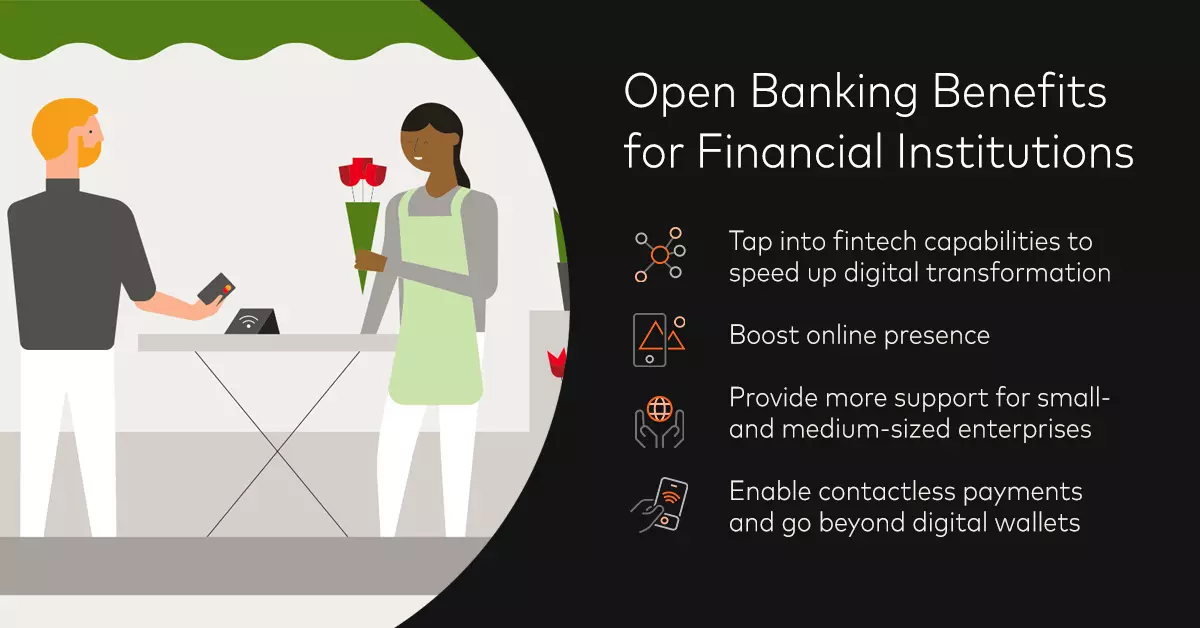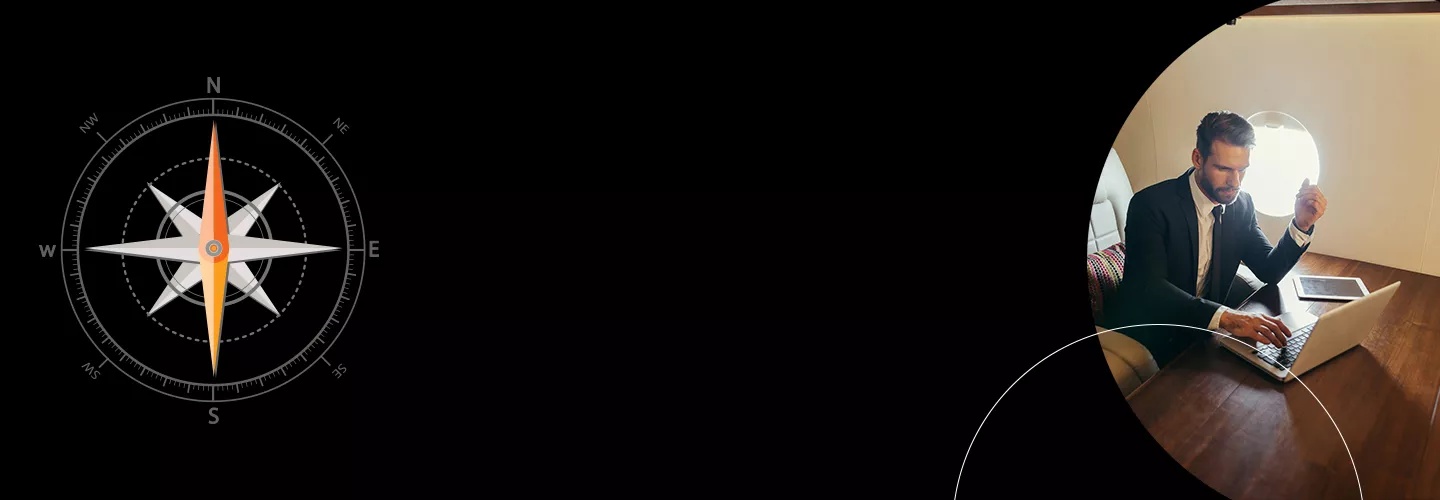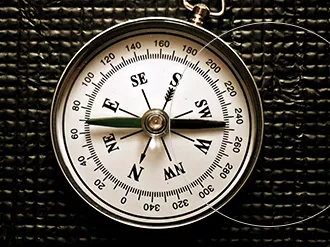Chronicles of the New Normal: How Open Banking Can Address New Customer Needs
Let us imagine we are in 2021, and the world has left behind the worst of the COVID-19 pandemic. No doubt, life has changed, and governments, companies and individuals are adapting to a “new normal.”
Our Chronicles series will help readers understand what is likely to be different in a post-COVID-19 world. We will also look at how players in the payments ecosystem are already adapting today to successfully emerge from this unprecedented shock to the economy and our daily lives.
This week’s focus is on open banking. Open banking is a mechanism that allows banks to share financial data and services with third-party providers (TPPs) – such as fintechs – with customer’s consent using certain technologies such as application programming interface (API).
Before COVID-19, open banking had already been gaining traction in financial services. Europe has been paving the way with the implementation of the Payment Services Directive (PSD2) in the European Union and the Open Banking regulation in the UK. In unregulated markets such as the US, open banking is also picking up steam with increasing market demand.
These significant developments are the beginning of a journey to democratize financial services and payments by allowing third parties, such as fintechs, to access bank account transaction information and initiate transactions such as payments. Open banking has also fostered innovation and collaboration between banks and fintechs.
What Do Customers Want?
Without a doubt, the ongoing pandemic is having a global economic impact, and the change that may stick with us is customer behaviors. It is still too early to say definitively whether some of the behaviors that have been adopted over the last few months are here to stay but the reality is that in many cases they reflect an acceleration of trends that were there before. They include:
Higher levels of comfort with contactless shopping and payments
More online shopping, and in new categories, as well as an expanding customer base with baby boomers fully adopting online commerce
New consumption patterns with technology, health and stay-at-home products driving a big portion of spend
These three trends could have tremendous implications for financial services.
What These Changes Could Mean for Financial Services
A cashless society is generally considered a good thing in many economies, but payment providers need to live up to their promise. For instance, transaction declines were an issue in a pre-COVID-19 world. With individuals carrying no cash, the impact of declines can be devastating for a customer relationship.
As customers pick their trusted providers in the expanding online world, traditional financial services (and even recent entrants) risk being commoditized and lose the direct customer relationship. Existing or new digital giants can attempt to become a one-stop shop for life. Incumbent players tend to struggle with adopting customer demands in a fast-changing economic environment.
Open banking and its evolution to open data, such as the sharing of non-financial information and services, can help players in the payments ecosystem to deliver better experiences, lower the barriers of entry into financial services or help develop payment and banking products that reflect the new habits. Some will see it as an opportunity, others will see it as a threat. But we believe there is substantial agreement that open banking will contribute to how financial and non-financial institutions see the future of banking in a post-COVID-19 environment.
Open banking will contribute to how financial and non-financial institutions see the future of banking in a post-COVID-19 environment.
Tapping Into Open Banking in a Post-COVID-19 Environment
Banks have an opportunity to proactively respond to the current situation and play a role in the new normal. We see banks prioritizing and driving digital banking and payments to meet the increasing demand for online and mobile solutions. Open banking is a vehicle to bring banks and the ecosystem up-to-speed to face the new challenges.
Banks may benefit from capabilities provided by open banking concepts beyond the current market conditions in the following ways:
Form collaborative ecosystems: pull in fintech capabilities to speed up digital transformation using open banking concepts
Boost online presence: more self-service in the online and mobile banking, AI-powered finance managers, digital onboarding, marketplaces and more
Support struggling small- and medium-sized enterprises (SME): easy supply chain financing, offer discounting and factoring services, AI-powered cash liquidity management and business finance managers
Enable contactless payment mechanisms and go beyond digital wallets: payment-enabled ecosystems surrounded by banking and non-banking third party providers to meet customer's mobile needs

Digital transformation in the payments and banking industry is not new but is now more relevant than ever. Open banking can help equip banks and the ecosystem to build innovative solutions for consumers much faster – and compete against tech giants. All players have a role to play in tackling the current situation and in helping the economy recover as quickly as possible.
Of course, these recommendations are broad, and every challenge and every organization is different. For more guidance on adapting to the evolution of customer needs within your business, reach out to Fabrizio Burlando or Raul Escribano. Have a question or suggestion for the Chronicles from the New Normal team? Please send us a note.












